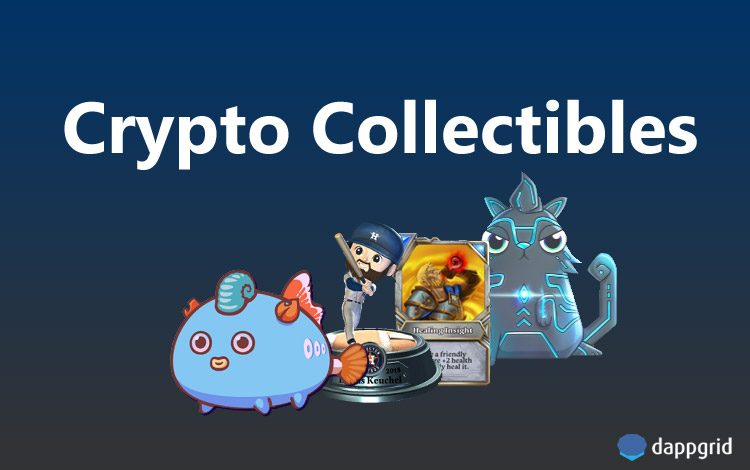Crypto collectibles are an emerging asset class within the crypto space. They are relatively new and different than cryptocurrencies most people use such as Bitcoin, Ethereum and ERC-20 tokens, but not difficult to understand.
In this article, I’ll try to explain crypto collectibles, also known as non-fungible tokens, without going into technical details.
The difference between cryptocurrencies and crypto collectibles
The key difference between a cryptocurrency and a crypto collectible is fungibility, so you first need to know about fungibility.
Fungibility is defined in Merriam-Webster as follows: Property of a good or a commodity whose individual units are essentially interchangeable.
Cryptocurrencies are fungible digital assets. For instance, each unit of Bitcoin is equivalent with other units of Bitcoin.
You can’t have an exclusive 0.23 or 1 Bitcoin whose value can be higher than the same amount of Bitcoin owned by other people. The valuation of cryptocurrencies is pretty simple, the price of a cryptocurrency is determined by the relationship between the demand and the supply.
So, if you have a large amount of a cryptocurrency, then you have more money compared to having a smaller amount of that particular cryptocurrency.
But, for crypto collectibles, there are no smaller units and each asset is unique. So, the valuation of crypto collectibles are more complex and depends on various factors.
What is a crypto collectible?
A crypto collectible, on the other hand, is a unique digital asset which can be anything such as a card or a cat, represented with non-fungible tokens on blockchains. Non-fungible tokens are created with Ethereum’s ERC-721 standard.
While non-fungible tokens (NFTs) are today mostly used for in-game items, to represent each unique assets players own in a game, NFTs, in fact, have a wide variety of use cases.
For instance, non fungible tokens can be used to represent houses, historical artifacts and paintings on the blockchain.
The valuation of crypto collectibles
For coins, ERC-20 tokens and other tokens created with different protocols, the relationship between the demand and the supply determines the price of an individual unit of those cryptocurrencies.
As each crypto collectible is unique and non-fungible, you can’t look at price checking sites such CoinMarketCap or exchanges to get an idea about the value of crypto collectibles, but you can see the historical pricing of crypto collectibles.
There are rather ”marketplaces” for crypto collectibles, which you can use to sell or buy crypto collectibles and explore their historical pricing and ownership.
A crypto collectible gets its value mainly from its rarity and utility. It might be hard to value a crypto collectible, but you don’t always need to do that thanks to OpenSea‘s bidding feature. For more information about the valuation of crypto collectibles, please refer to this article.















